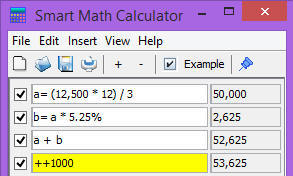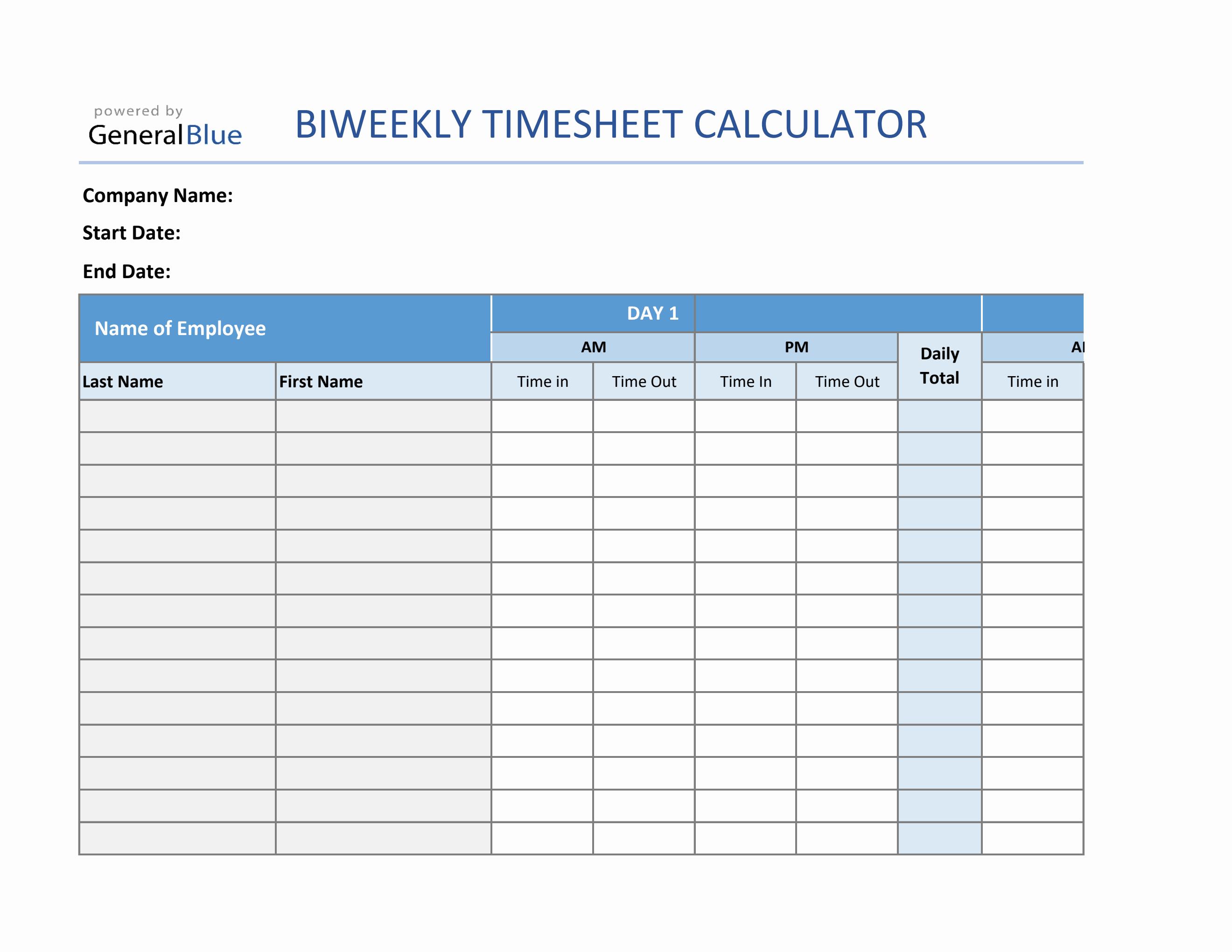
And that’s exactly what drop-frame timecode does. That means that every ten minutes, drop-frame timecode needs to make up for the discrepancy between 18,000 frames and 17,982 frames, which is 18 frames. However, since NTSC video operates at 29.97, not 30 frames per second, the actual number of frames in ten minutes of NTSC video is:Ģ9.97 (frames per second) * 60 (seconds per minute) * 10 (minutes) = 17,982 In fact, drop-frame is cyclical every ten minutes and, therefore, is guaranteed to accurately represent run-time every ten minutes.Īt 30 frames per second, to convert ten minutes of programming to a frame count, you multiply:ģ0 (frames per second) * 60 (seconds per minute) * 10 (minutes) = 18,000 Television programs commonly run in 30 minute increments, so drop-frame timecode should work in such a way that it is guaranteed to be a correct representation of the running time at least every 30 minutes. Let’s think about how drop-frame timecode works for 29.97. 23.976 drop-frame timecode is not part of the SMPTE timecode spec and most editing programs don’t have a 24p drop-frame option. In NTSC countries, 24p footage actually runs at 23.976 fps. Again, we’re not going to worry about those distinctions here. As with integer division, modulo behaviors vary among programming languages when negative numbers are involved. Most languages use the same % notation for modulo. 30 / 7 is 4 with a remainder of 2, so 30 % 7 would be 2. Modulo refers to the remainder that’s left after division.

First, I’m expanding a couple steps to make it a little more like a computer program, and second, I’m generalizing it so it can calculate drop-frame timecode for 59.94 as well. The code I’m about to post is more or less borrowed straight from that site (with Andrew’s permission). After a lot of searching, I’ve only been able to come up with one website that sets out a formula for how to convert between frames and drop frame timecode, Andrew Duncan’s excellent timecode page. It’s difficult to calculate all of this if you’re given a frame number, or to calculate a frame number if you’re given this. You know you’re looking at drop frame timecode because the colon between minutes and frames is usually replaced by a semicolon. At 29.97 fps, every minute (except minutes divisible by ten), you skip counting the first two frames. The solution to this problem is drop-frame timecode, which is sort of like leap year for timecode. For an hour-long program, the timecode gets to be about 3.6 seconds off. This means that, after a while, the timecode does not accurately reflect the running time of the video. In the United States and several other countries, video runs at 29.97 frames per second, but we usually count it at 30 fps.

If you’re new to drop-frame, it’s a way of accurately measuring the running time of video that doesn’t run at an even frame rate.

It gets complicated when you’re dealing with drop-frame timecode. For non-drop-frame timecode, this is trivial (I’ve included that code below as well for completeness). You then do your math with frame numbers, and convert back to the timecode format. In order to do math with timecode, which is in an hours:minutes:seconds:frames format, it must be converted into a number representing the total number of frames.


 0 kommentar(er)
0 kommentar(er)
